1990 to 2025 - Changing India’s response to Terrorism originated from by Pakistan - An overview
Report by Jammu Kashmir Study Centre
Total Views |
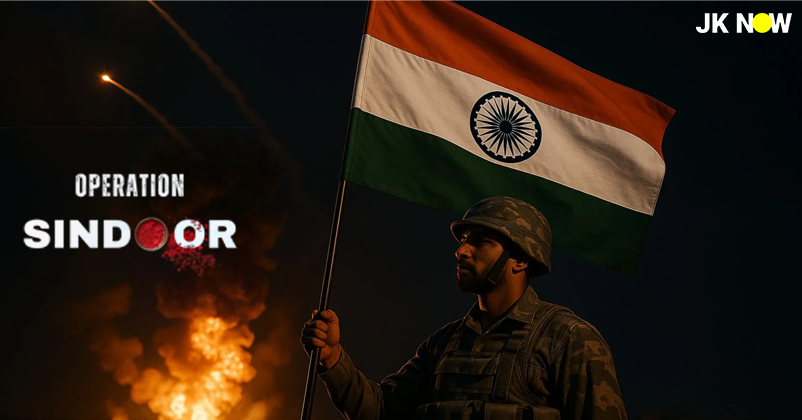
Overview
India’s tryst with cross-border terrorism primarily sponsored by the Pakistani state and its intelligence agencies has spanned over three decades, beginning with infiltration into Jammu & Kashmir in the late 1980s. The targeted killings of Kashmiri Hindus, desecration of temples, and the forced exodus of over 350,000 Kashmiri Hindu by 1990 marked the onset of Pakistan’s proxy war.
From 1990 to 2015, India predominantly responded to terrorist attacks through diplomatic channels and internal security enhancements. Despite presenting irrefutable evidences of Pakistan’s support for terror outfits like Lashkar-e-Taiba (LeT), Jaish-e-Mohammed (JeM), and Hizbul Mujahideen (HM), India pursued a policy of strategic restraint and international isolation of Pakistan.
A doctrinal shift occurred in 2016 following the deadly Uri terror attack. India launched its first publicly acknowledged surgical strikes across the Line of Control, targeting terror launch pads in Pakistan-occupied Jammu & Kashmir. Indian special forces executed precision strikes on camps in Bhimber Gali, Kel, Lipa Valley, and Tatta Pani, neutralizing dozens of terrorists and support staff demonstrating operational surprise and capability without suffering casualties.
This shift was further reinforced in 2019, when 40 CRPF personnel were killed in a suicide bombing in Pulwama. India retaliated with Operation Bandar, conducting airstrikes deep inside Balakot targeting JeM’s largest training camp. The facility, equipped with dormitories, firing ranges, and tunnels, was obliterated, resulting in an estimated 300+ terrorist casualties. For the first time since 1971, Indian Air Force crossed into Pakistani airspace. This action redefined escalation thresholds in South Asia and received tacit international support.
In 2025, after the Baisaran massacre that killed 25 Hindu and one foreign tourists, India launched its most expansive operation, “Operation Sindoor”. The operation involved aerial strikes across nine key terror infrastructure sites:
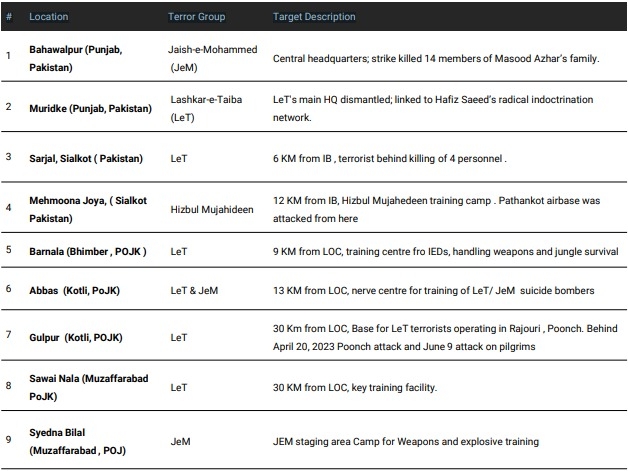
The scale, coordination, and impact of Operation Sindoor established India’s evolved counter-terror strategy—anchored in military precision, strategic messaging, and international legitimacy. The operation exposed deep collusion between the Pakistani military and terror groups and disrupted key operational backbones of anti-India jihadist networks.
This report chronicles India’s transformation from diplomatic restraint to kinetic deterrence, providing a factual account of terror incidents and calibrated responses from 1989 to 2025.
Chronology of Major Terror Attacks
In order to understand the evolution of India’s counter-terrorism doctrine, the attacks and responses have been categorized into three chronological phases:
Phase I: 1989 - 2000 | Era of Insurgency and Early Infiltration
This phase marks the onset of terrorism in Jammu & Kashmir, fueled by Pakistani support to extremist groups like JKLF and Hizbul Mujahideen. The 1990 exodus of Kashmiri Hindus , the Wandhama and Prankot massacres, and other massacres were marked by India's reliance on diplomacy and internal security reforms, without overt retaliatory strikes.
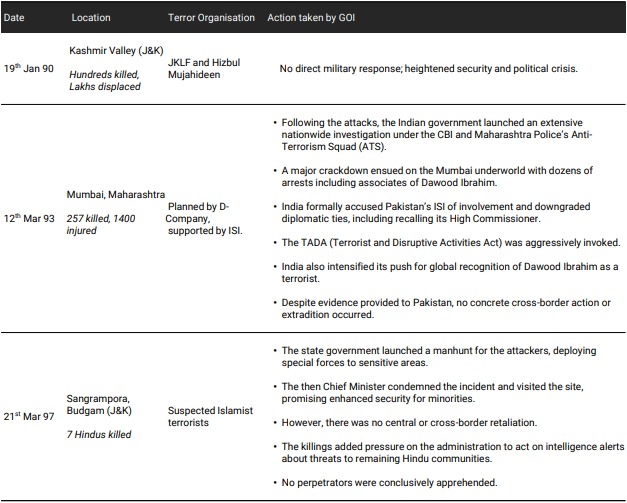
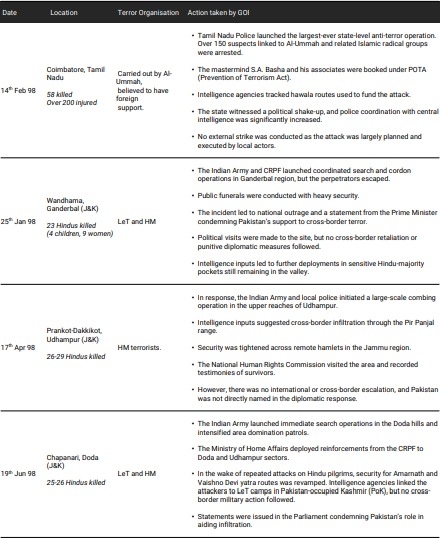

Phase II:
2001 - 2015 | Impact Strikes: Parliament, Akshardham & Mumbai
Terrorism escalated with large-scale, coordinated attacks including the 2001 Parliament attack, 2002 Kaluchak massacre, 2005–06 Delhi/Varanasi blasts, and the devastating 26/11 Mumbai attacks. LeT and JeM emerged as principal actors with strong backing from Pakistan’s ISI.
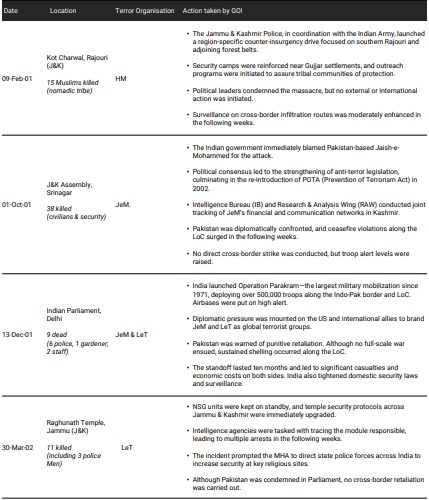
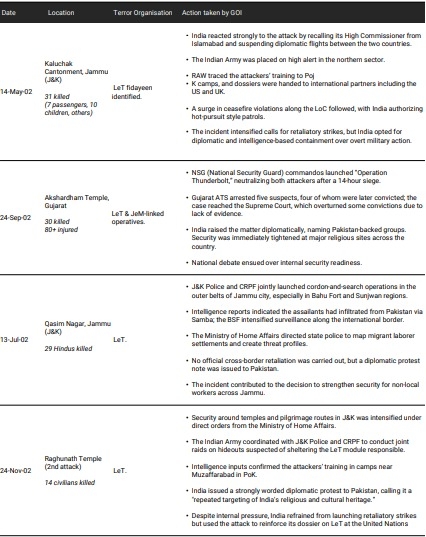
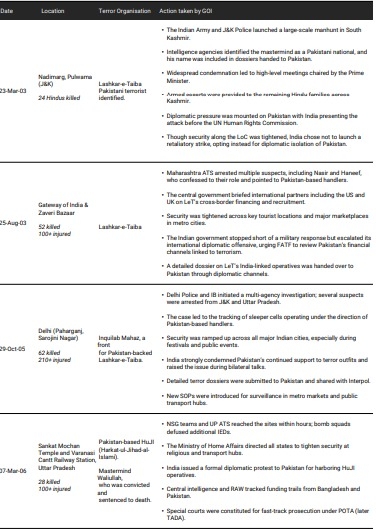
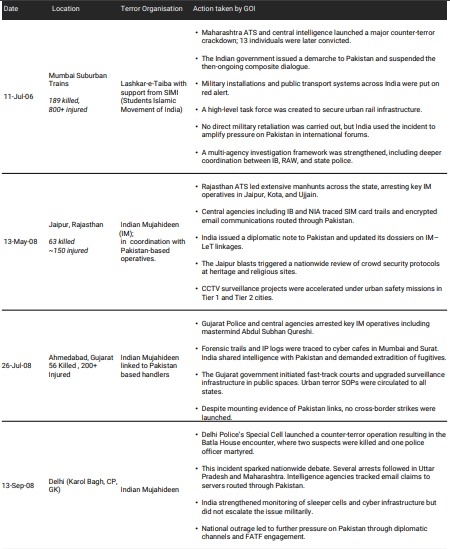
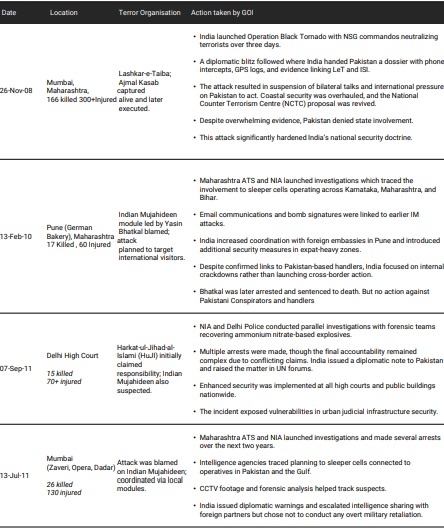

Phase II: 2016 - 2025
Doctrinal Shift: From Surgical Strike to Operation Sindoor
The 2016 Uri attack triggered a new strategic era. India began using precision cross-border strikes to dismantle terror infrastructure in Pakistan-occupied Kashmir. The Balakot airstrikes (2019) and the multi-pronged Operation Sindoor (2025) symbolize this new doctrine of calibrated retaliation.
(Change in doctrine in Sky Blue Colour)
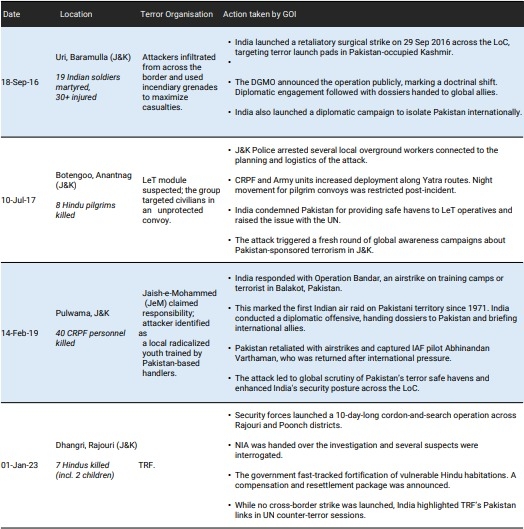
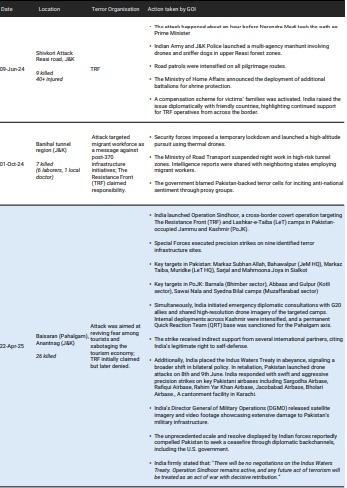
Operation Sindoor Evidences shared
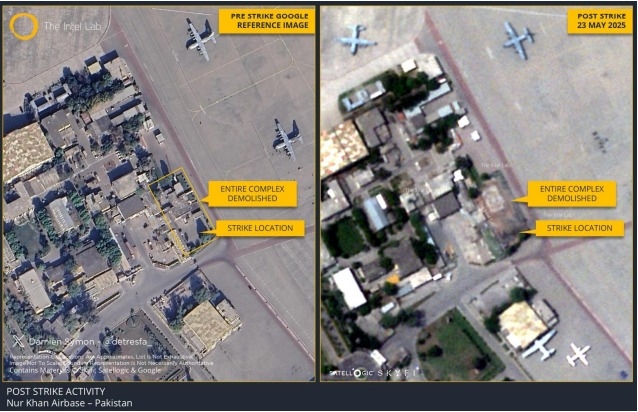
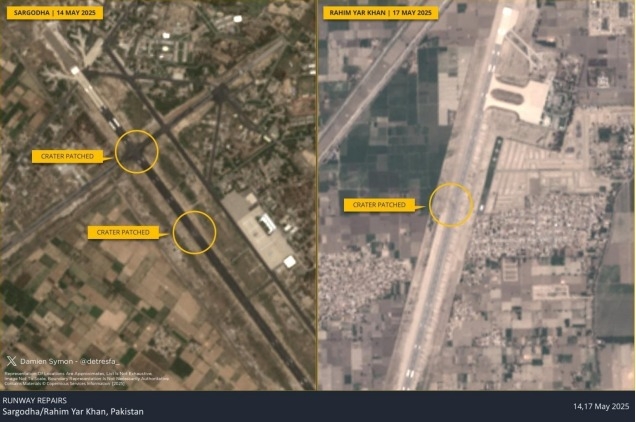
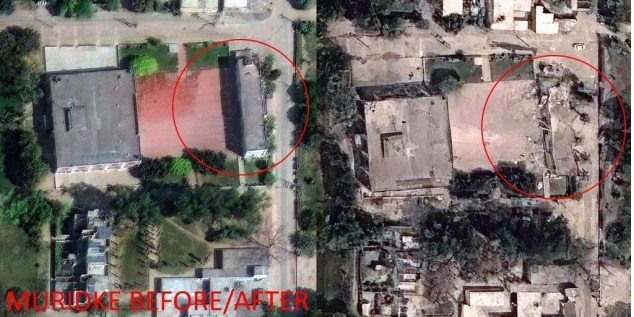
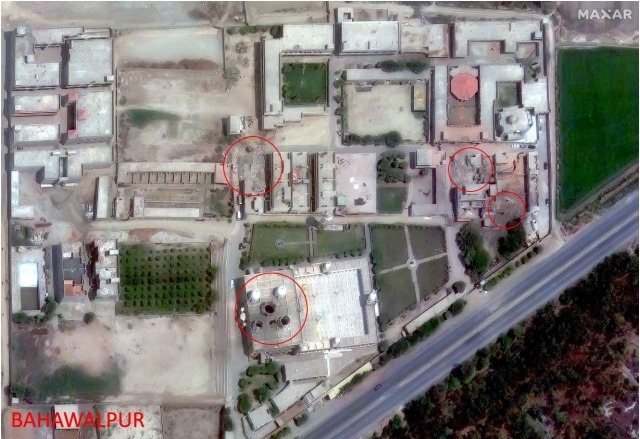
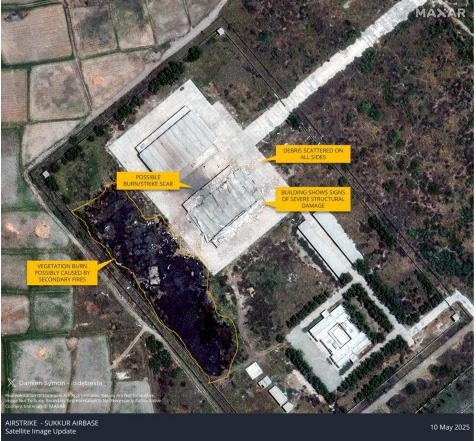
Operation Sindoor Evidences
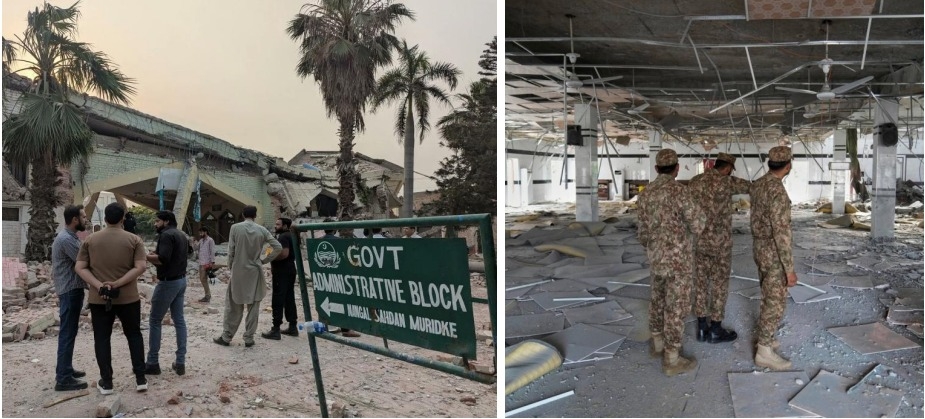
A report by Jammu Kashmir Study Centre
(JKSC)

